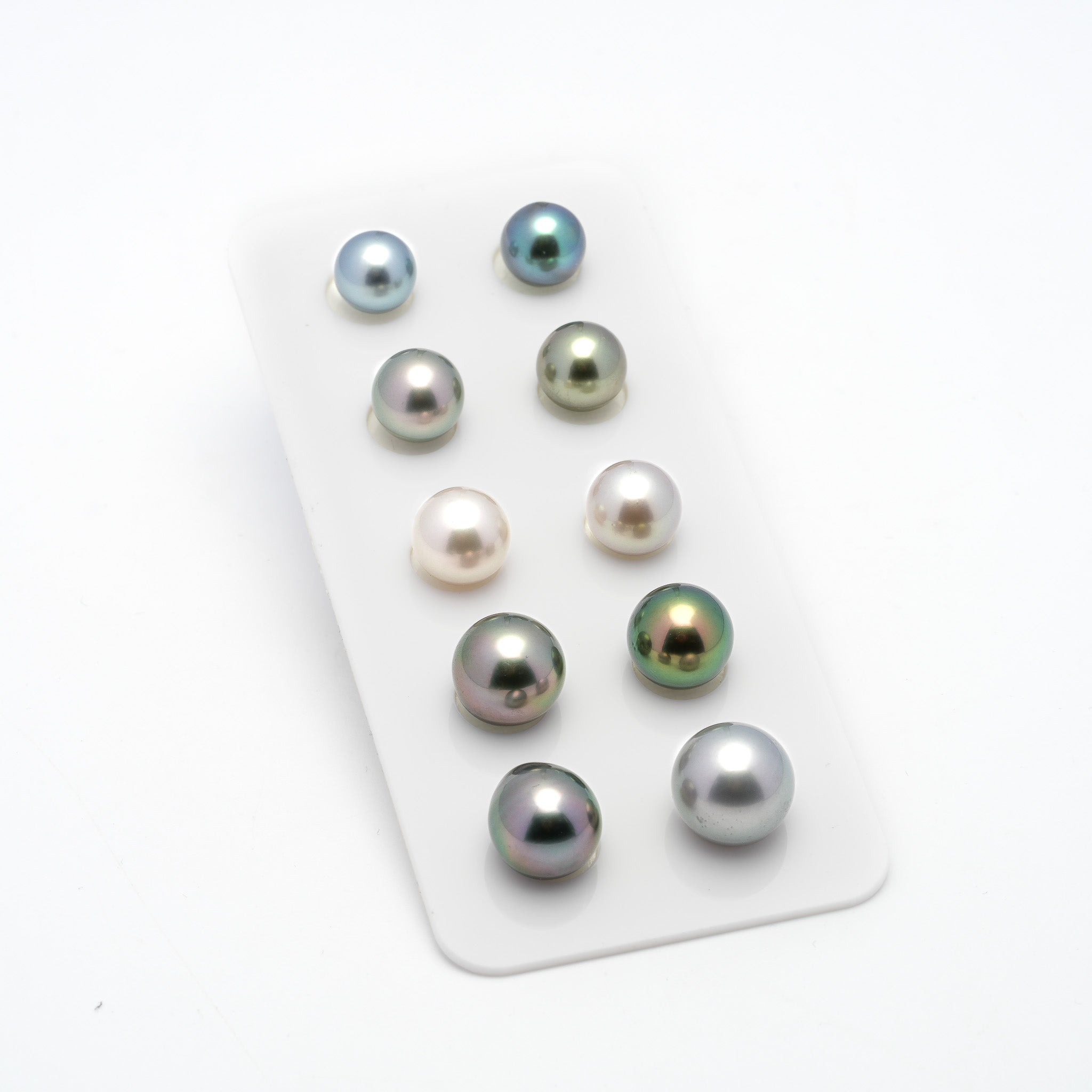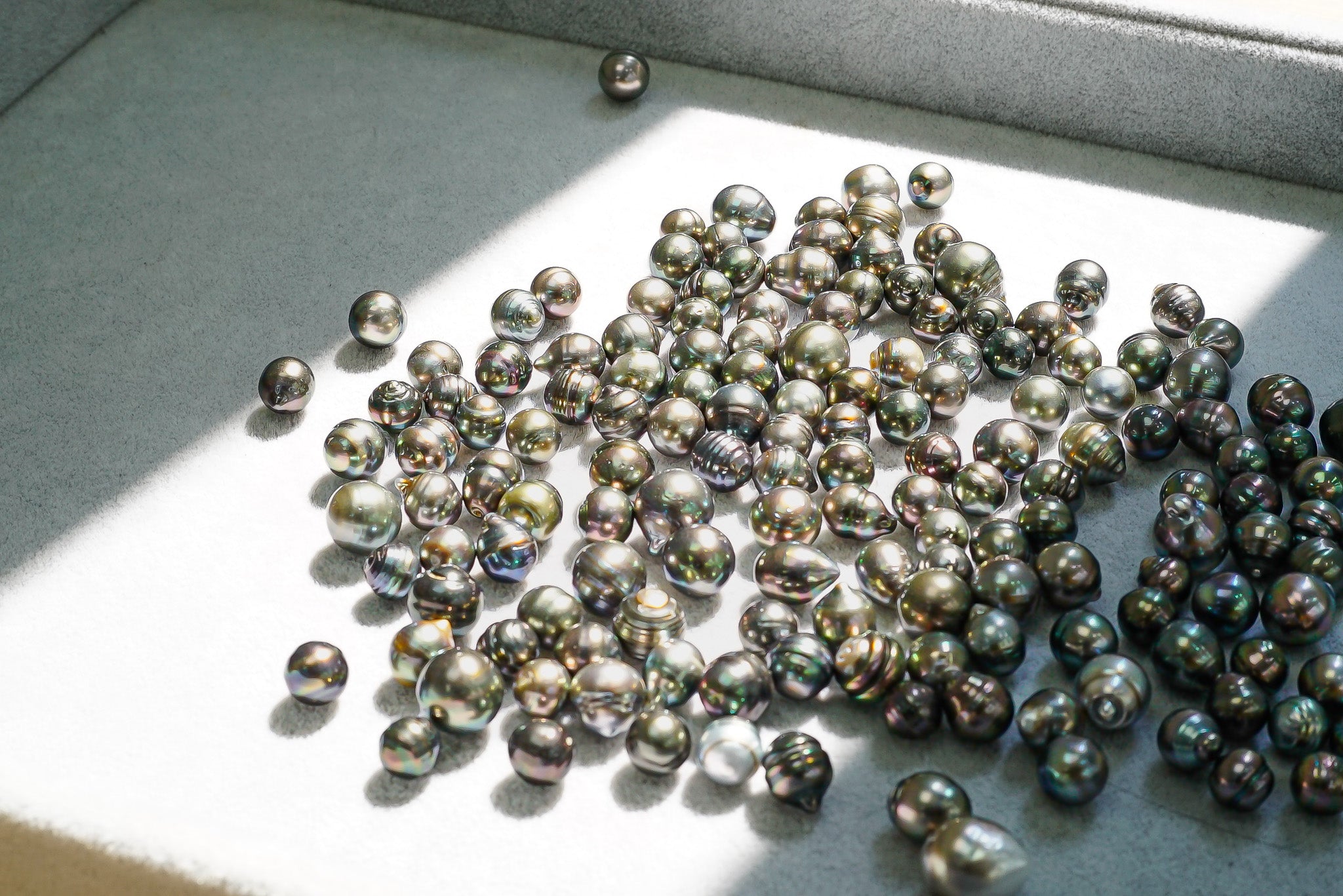
Does having more A's on the grading scale means higher grade pearls?
Consumers may find it challenging and confusing to navigate the grading of pearls due to variations among companies, as the designation of an "A" quality in one company may signify "AAAAA" quality in another, while an "AA" grade could represent "D" quality elsewhere. Therefore, more "A" grades does not mean better quality, as each company may employ its own grading scale.
However, here is the only and true grading concept for pearls that any companies will be based on.These factors are:
-
Luster Intensity: Luster refers to the reflective quality and sheen of the pearl's surface. High-quality pearls exhibit a bright, reflective luster, which is a key indicator of their beauty and value.
-
Surface Quality: The surface of a natural pearl is inspected for blemishes, imperfections, and irregularities meaning marks or spots on the pearls. An effective approach is by assessing the percentage of the pearl's surface area that blemish is covering. Pearls with a smooth, clean surface are generally considered to be of higher quality. Pearls with blemishes or surface irregularities that covers a large area of the pearl surface are typically lowering its quality.
-
Color: Pearls come in a range of colors, including white, cream, pink, silver, and black, among others. The color of a pearl can affect its desirability and value. Certain colors, such as white, mate color might affect the pearl quality
While the "A" grade may indicate a certain level of quality within a specific grading system, it is essential to consider the overall combination of factors that determine the quality and value of a pearl. It is advisable to consult with reputable jewelers or experts who can provide guidance and help you assess the quality of pearls based on the specific grading system being used.



Leave a comment
This site is protected by hCaptcha and the hCaptcha Privacy Policy and Terms of Service apply.